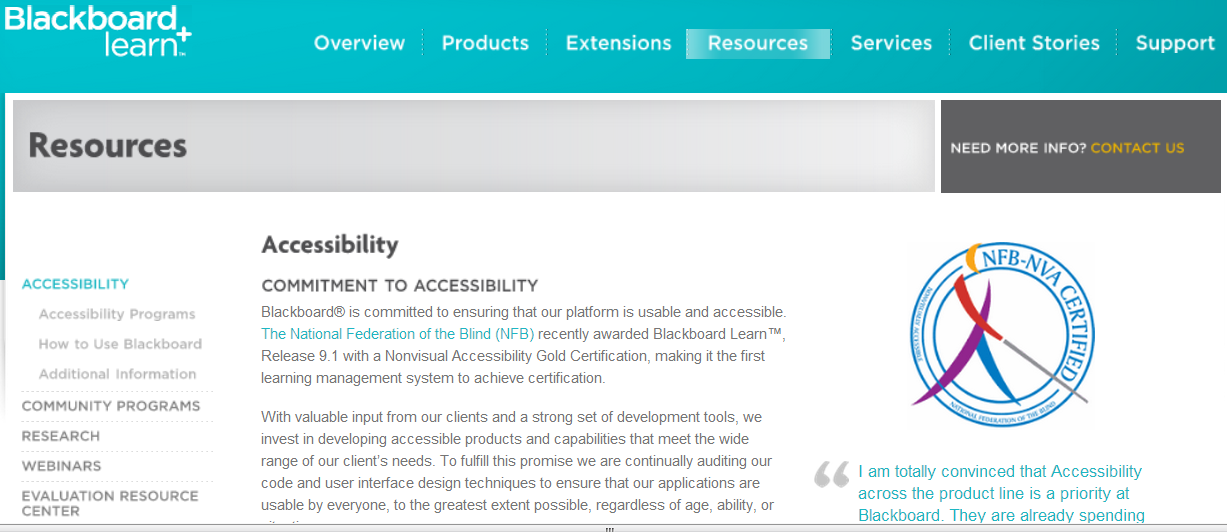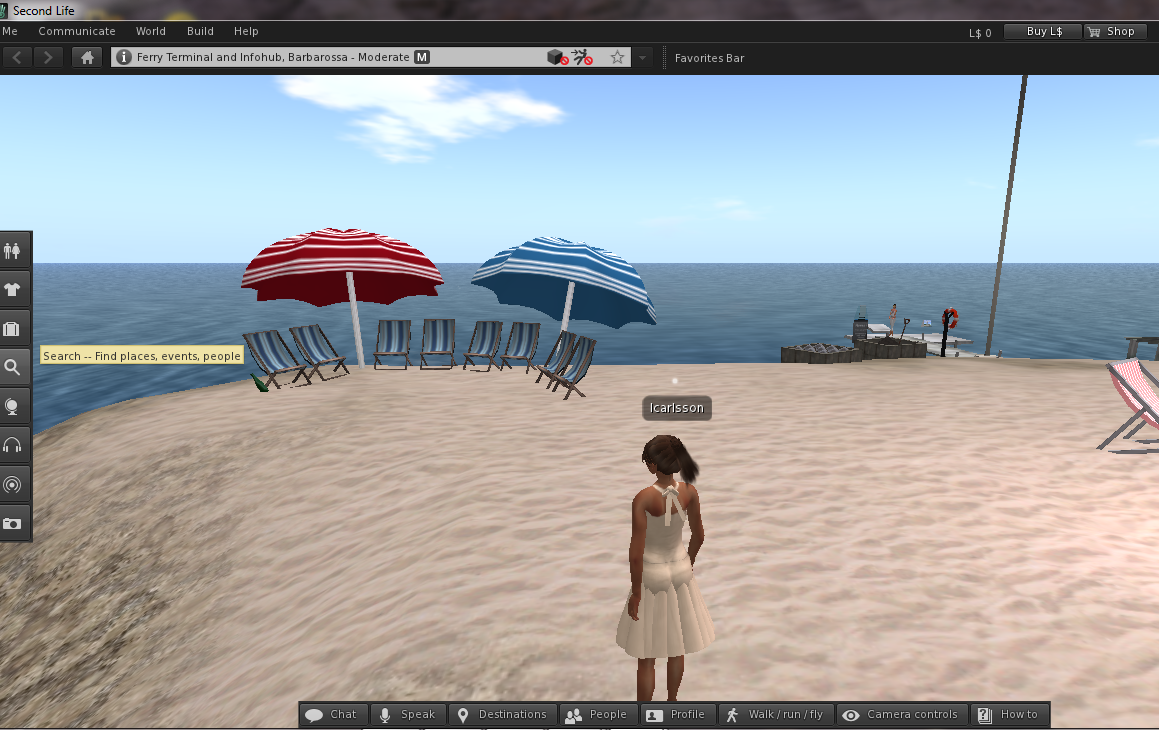Week 11. Copyright, Fair Use and Accessibility
Saturday, November 24th, 2012Copyright and Fair Use
I always enjoy TED’s videos. They are so contemporary and interesting. In this case, I was watching it with a little apprehensiveness. I was always totally against of taking music without paying rights to the author who made it. However, after watching this video my conception changed. I ought to agree that children use Internet in a complete different way today: they are making TV, they are MIXING sounds and making them their own. We need to recognize that we cannot stop what it has been started… a DEMOCRATIZATION of culture and rights. I love these notions of “spreading amateur culture”; “for the love and not for the money”; “digital technology is the revival of the vocal cords”; “common sense has not yet revolted”; “digital technology for this generation is how our kids speak”.”. Policy makers have to be well aware of changes and adapt laws to what is happening right now. Very head opening video!
While I was Reading Ko & Rossen I got curious about how Blackboard manages copyright laws. The chapter did not scare me at all. I do not think sophisticated software is going to go looking for what I put in my classes. I suggest students to watch some videos; I rarely post pictures that are not free or were not made or modified by me (that is why I love Photoshop!). Nevertheless, I wanted to know what Blackboard does about this and I found this link from the library of Wichita University about Copyright and Blackboard. It is a chart of items that are OK to post:
http://library.wichita.edu/govdoc/copyrightbladkboard.pdf
Also Miracosta’s library website has very important information and a video of Fair Use Best Practices that really helps understand everything and refers to mixing videos like TED’s video does.
http://library.miracosta.edu/copyright
Accessibility
Accessibility was a very important matter when I was working on my first online teaching certificate in 2005. We had to buy two books about it and analyze several websites. It seems like today more sophisticated software has better capacity to accommodate the proper needs of students with disabilities than 7 years ago.
I have to find out if Miracosta has a specific statement to place on our syllabi for online classes and students with disabilities like it has in the F2F classes.
Blackboard has been awarded for making its platform accessible and here is it’s commitment:
 http://www.blackboard.com/Platforms/Learn/Resources/Accessibility.aspx
http://www.blackboard.com/Platforms/Learn/Resources/Accessibility.aspx


